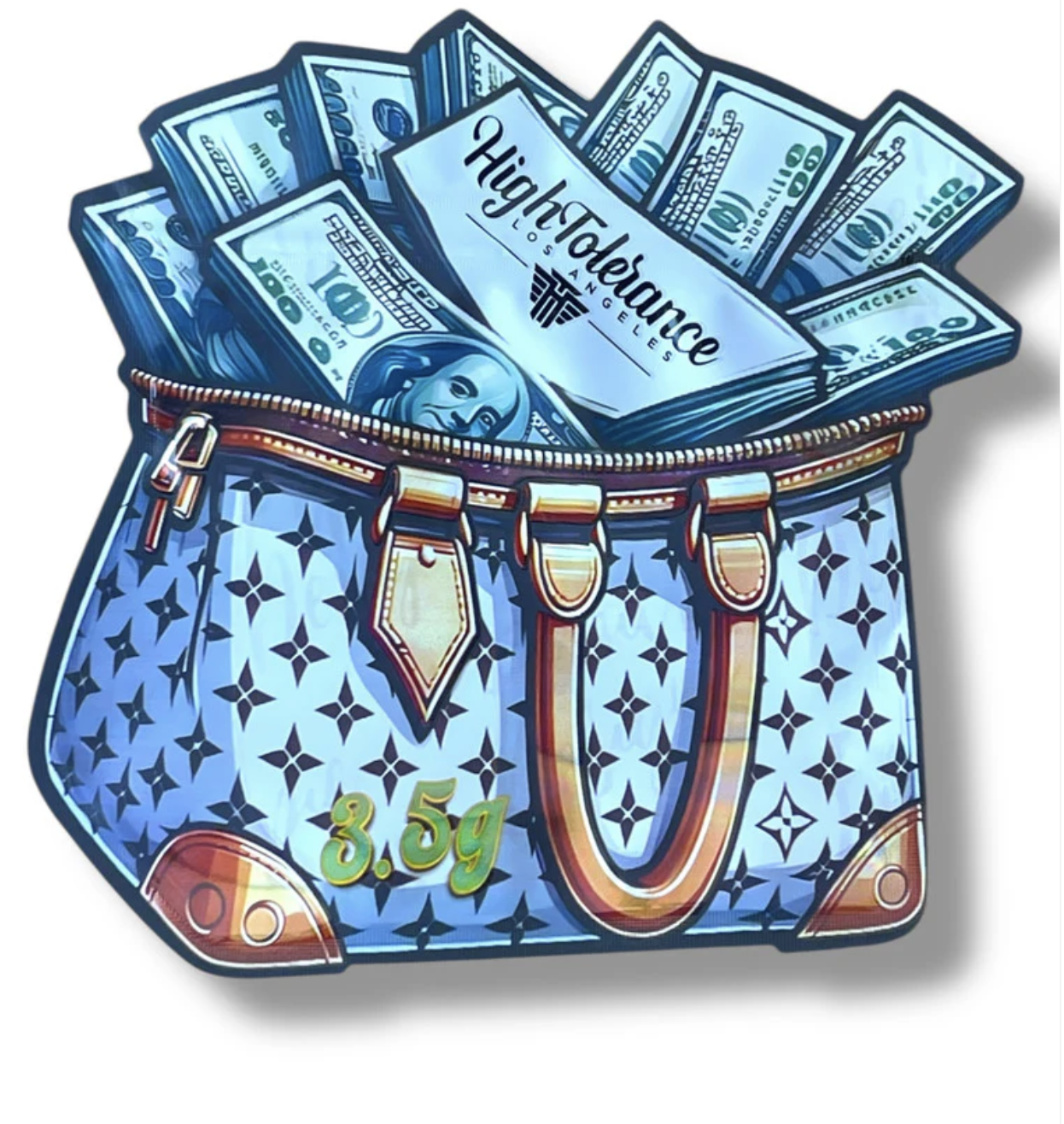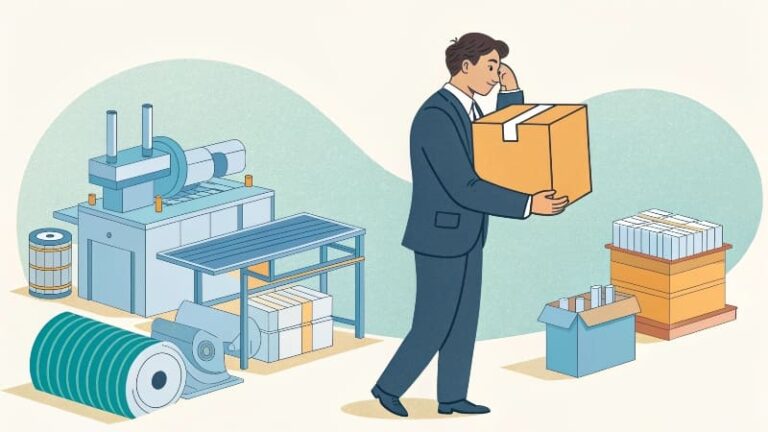What Is Cannabis Packaging?
Entering the booming cannabis market is exciting, but the complex web of packaging regulations can be overwhelming. A single misstep can lead to legal penalties or rejected products, wasting time and money.
Cannabis packaging refers to the specialized containers and labeling systems designed for cannabis products, which must meet strict government regulations. Key requirements include child-resistant (CR) and tamper-evident features, specific labeling, and materials that maintain product freshness and brand identity.
So, it's not just about making a product look good on the shelf. It's a highly technical field where safety and compliance are paramount. I have worked with many brands who underestimated these rules and faced costly delays. For designers like Jacky, success means mastering these unique requirements before letting creativity take over. Let's examine the specific rules that set cannabis packaging apart from all other industries.
What makes cannabis packaging so different from regular packaging?
You might think your extensive packaging design experience covers all the bases. But applying standard design principles to cannabis without knowing the specific rules can get your product pulled from shelves. Let's review the essentials.
The primary differences are the legally mandated child-resistant (CR) mechanisms, tamper-evident seals, strict opacity rules, and state-by-state labeling requirements. Unlike most industries, compliance here is not optional; it’s the price of entry into the legal market.
When I first started helping clients with cannabis projects, the biggest learning curve was the legal framework. It’s not about general safety; it’s about passing specific CPSC (Consumer Product Safety Commission) protocols for child resistance. A designer like Jacky, who focuses on functionality, will appreciate this challenge. The package must be difficult for a young child to open but still accessible for an adult. This triad of safety, compliance, and user experience is the core challenge.
The Three Pillars of Compliance
Every legal cannabis package is built on these three foundations. They are non-negotiable.
- Child-Resistance (CR): The package must be designed to be significantly difficult for children under five to open. This often involves push-and-turn caps, sliding buttons, or other mechanisms that require dexterity or strength.
- Tamper-Evidence: The customer must be able to tell if the package has been opened before purchase. This is typically achieved with shrink bands, breakaway seals, or special adhesives.
- State-Specific Labeling: Each state has its own rules for what must be on the label, including THC content, health warnings, batch numbers, and testing lab information.
| Feature | Purpose | Common Examples |
|---|---|---|
| Child-Resistance | To prevent accidental ingestion by children. | Push-and-turn caps, slider boxes, CR zippers |
| Tamper-Evidence | To ensure product integrity and consumer safety. | Perforated seals, shrink bands, induction liners |
| Opaque Material | To prevent children from seeing the product (in many states). | Solid-colored bags, frosted glass, paperboard boxes |
What are the most common types of cannabis packaging?
You know the rules, but what do you actually put the product in? The variety of cannabis products—flower, edibles, vapes—means one packaging solution doesn't fit all. Choosing the wrong type can compromise product quality.
The most common types include barrier bags for flower and edibles, glass jars for premium flower, paperboard boxes for vape cartridges and edibles, and pre-roll tubes. The choice depends on the product form, branding, and compliance needs.
I often advise clients to think "form follows function." The packaging's first job is to protect what's inside. Cannabis flower, for example, is sensitive to light and air, which degrade its potency and flavor. That's why high-barrier mylar bags with a resealable, child-resistant zipper are so popular. They are functional and cost-effective. For a premium brand, a glass jar might be better to signal quality. A designer like Jacky needs to match the material and structure to the specific product to ensure it gets to the customer in perfect condition.
Packaging by Product Category
Each product type has its go-to packaging solutions designed to address its unique needs for preservation and compliance.
- Flower & Pre-Rolls: The main goal is to maintain freshness and prevent the buds from being crushed.
- Solutions: Multi-layer barrier bags, pop-top tubes, glass jars with sealed lids.
- Edibles: Packaging must prevent melting (for chocolates) and staleness (for baked goods) while being child-resistant.
- Solutions: Resealable CR pouches, tins with CR lids, paperboard boxes with a CR inner tray.
- Concentrates & Vapes: These require small, secure packaging that protects fragile glass cartridges and containers.
- Solutions: Small glass or silicone jars, rigid slide boxes with foam inserts, blister packs.
| Product Type | Primary Concern | Popular Packaging Solution |
|---|---|---|
| Flower | Freshness, Air/Light | Child-Resistant Mylar Bags |
| Vape Carts | Breakage, Authenticity | Rigid Slide Box with Foam Insert |
| Edibles | Freshness, Child Appeal | Opaque, Resealable CR Pouch |
| Pre-Rolls | Crushing, Portability | Plastic Joint Tubes (Pop-Top) |
How do you create a brand that stands out in a crowded market?
With so many legal restrictions, you worry your packaging will look generic and boring. If every box is child-resistant and opaque, how can your product possibly stand out on a dispensary shelf?
You create a standout brand by focusing on unique structural design, high-quality material finishes, and a compelling brand story expressed through typography and graphics. Even within tight constraints, there is plenty of room for premium, creative expression.
This is where a talented designer truly shines. I've seen some of the most creative work of my career in the cannabis space precisely because the constraints force innovation. It's not just about following rules; it's about being brilliant within them. A client of mine was worried their opaque box would look dull. We used a soft-touch laminate finish, an embossed logo, and a unique die-cut shape. It felt amazing to hold. The box communicated premium quality before the customer even saw the product. Your branding is your opportunity to connect with your specific audience, whether they are looking for a luxury experience, a wellness product, or a fun recreational treat.
Differentiating Your Brand
You can elevate your brand beyond the basics by focusing on the sensory experience and storytelling.
- Tactile Finishes: Use materials and coatings that feel good in the hand. A soft-touch texture, spot UV gloss, or deep embossing can make a simple box feel luxurious.
- Structural Innovation: While the CR function is fixed, the box shape doesn't have to be. A unique unboxing experience—how the box opens and presents the product—can be a powerful brand statement.
- Brand Storytelling: Use your limited graphic space wisely. Clear typography, a distinctive color palette, and a memorable logo can tell your brand's story. Are you organic? High-tech? Playful? Let the design communicate that.
| Branding Element | How It Helps Stand Out | Example |
|---|---|---|
| Material/Finish | Creates a premium sensory experience. | Soft-touch lamination, metallic foils |
| Structural Design | Delivers a memorable and unique unboxing experience. | A box with an unusual opening mechanism |
| Graphic Design | Communicates brand personality and values instantly. | Minimalist typography for a wellness brand |
| Color Palette | Establishes brand mood and attracts a target demographic. | Earth tones for an organic, natural brand |
Conclusion
Cannabis packaging is a complex field defined by strict legal rules, but it also offers immense opportunity for creative branding. It’s a true test of a designer’s skill to innovate within constraints.




